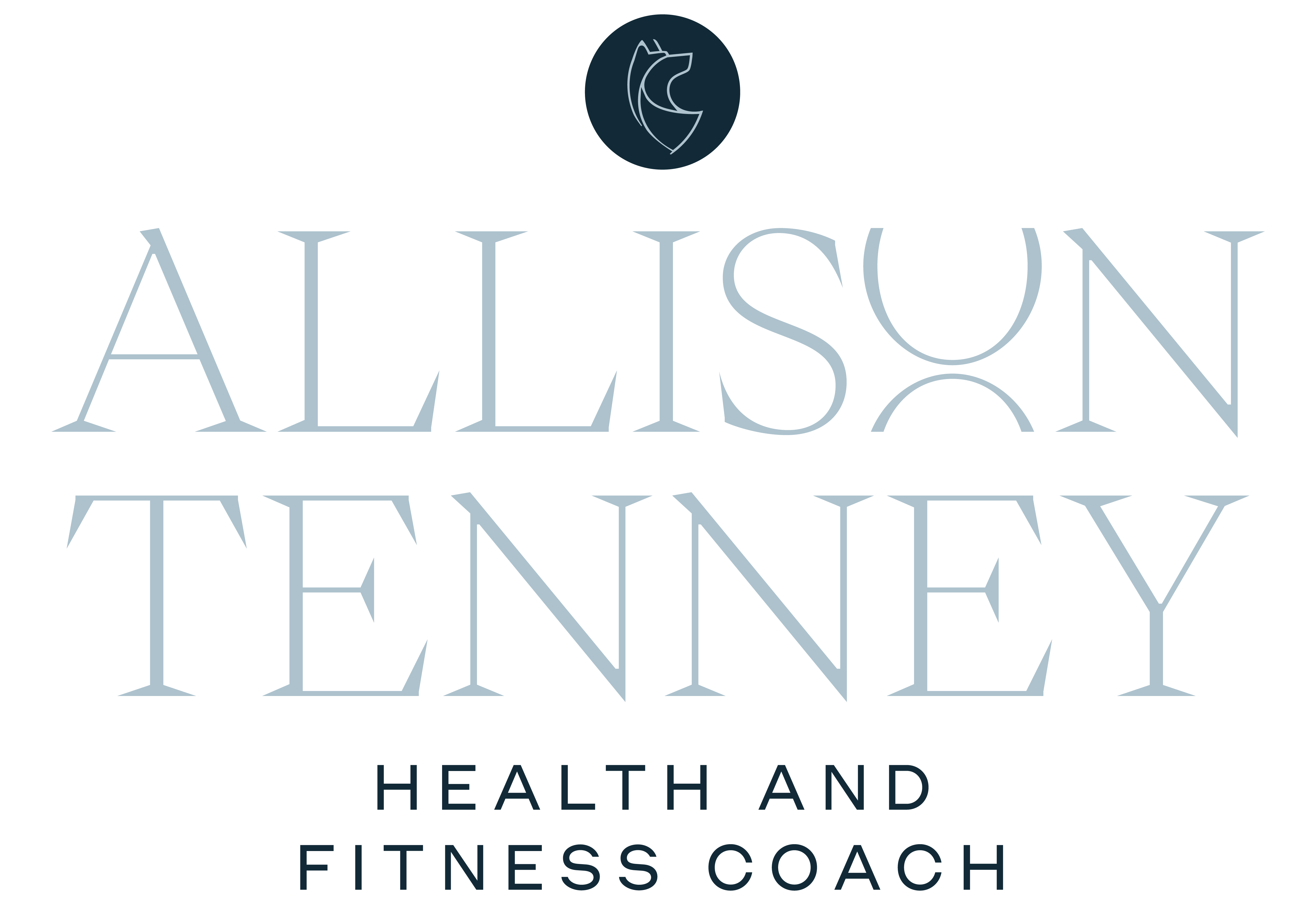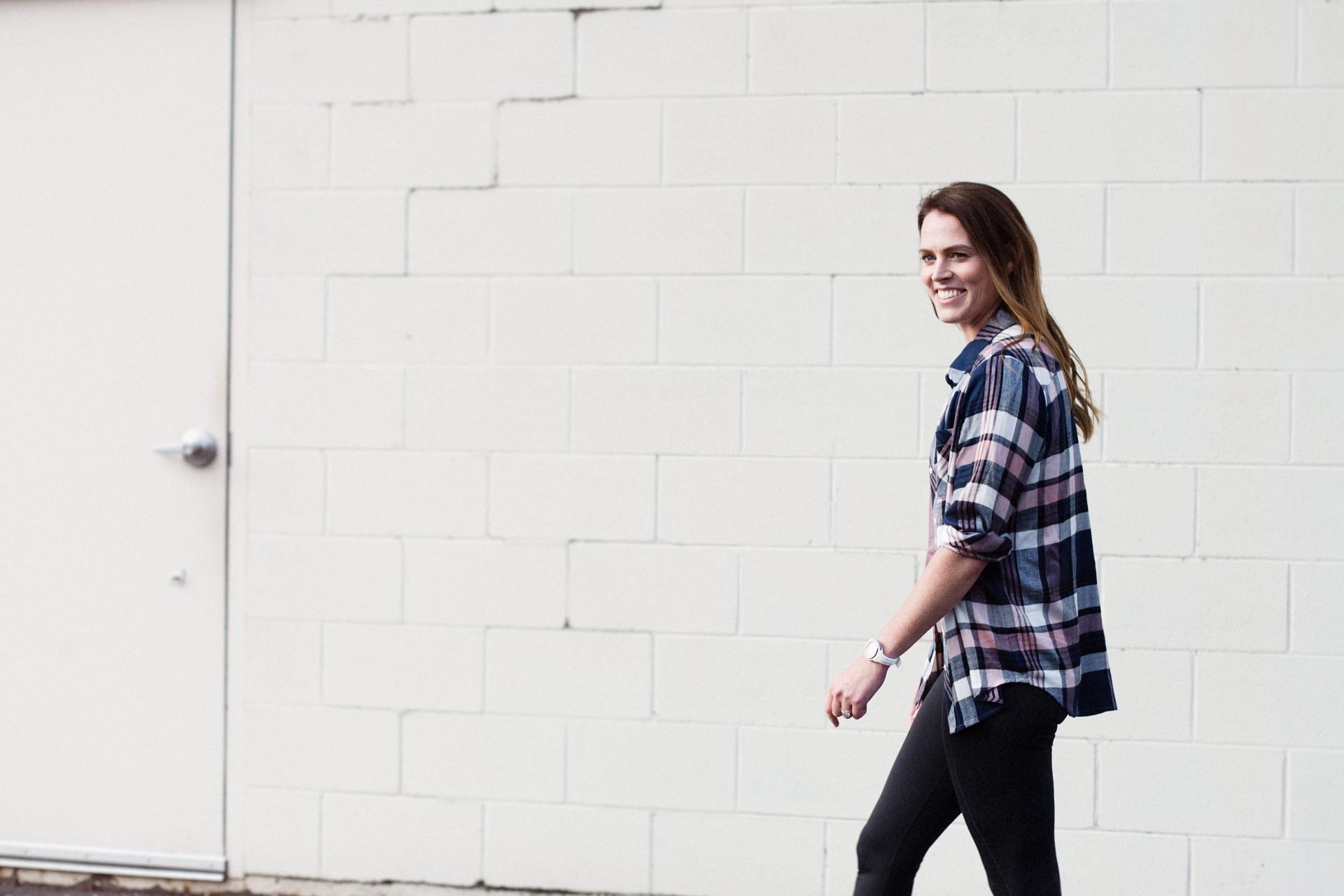“You have a weak core…” says every trainer to all their clients. What exactly does that even mean??? Most clients don’t know, let alone understand what their CORE actually is. It’s commonly mistaken for your abs, or that six pack that’s been hiding (or so I’ve heard 800 times).
There is a difference between training core muscles to help improve overall strength and training to get six pack abs. I want to be very clear about this distinction before moving into some of the best core exercises for overall human performance.
We are conditioned to believe that a flat belly or 6-pack abs is the goal. Have you ever stopped to consider WHY?!? It’s an arbitrary standard made up so we worry, and obsess about trying to solve our “problem” when the real problem has nothing to do with our belly and everything to do with this unreasonable standard. Marketing professionals are taught to find our pain points, exploit them, and sell us products that claim to make us feel better. Gross.
I’m addressing a loaded topic about your Core while also giving you my favorite core exercises because I don’t want you to see these exercises as the solution to a problem that marketers have sold you on. What if we decided that having a soft belly was okay? What if you don’t need to “suck it in” all the damn time, and you understood that rolls and jiggle are acceptable and have nothing to do with your worth or ability.
This mindset shift has the power to allow us to focus on core training and get hella strong, without pinching and poking our bodies in shame. We can focus on strength and performance and not on an unreasonable arbitrary standard.
What is missed about core training is that your core is so much more than just the rectus abdominus (aka, your six pack). The core is actually a number of muscles that move, support and stabilize your spine and connect to your pelvis. Since we move in different planes of motion, our core muscles must allow us to move and bend while also stabilizing and supporting us throughout those movements.
The core is considered your entire torso area from your sternum to your pubic bone. These muscles make up nearly half your body and are attached to the pelvis and spine. I like to image a coke can and your core musculature acts as that can to protect and keep in your internal organs. They allow you to bend, brace, twist, flex, jump, and perform all kinds of movements. You have multiple layers of core muscles that run across your body (transverse abdominis), diagonally (external and internal obliques) and top to bottom (rectus abdominis aka the six pack in the front, quadratus lumborum and erectors at the back). Needless to say, they are deep, and wrap all around your body.
Your core muscles also include the bottom of that coke can – your pelvic floor. Your pelvic floor is the layer of muscles that support the pelvic organs and span the bottom of the pelvis. This commonly gets overlooked and undertrained. Pelvic prolapse and incontinence are two major issues that arise from pelvic floor dysfunction.
Since our core is the center of everything and acts as our body’s stabilizer, we have to learn how to transfer force through our core. It’s important to train stability first to be able to transfer force efficiently and safely. You are learning how to protect your spine when you train your core.
To focus on this type of core training, the below exercises are going to work on three different movement categories (anti-extension, anti-rotation and anti-lateral flexion) that will help you build an resilient core, improve your posture, and translate into your performance both in the gym and in your everyday life.
There are my three of my favorite exercises to help improve your core stability, which you should focus on before moving into dynamic movements.
- Hollow Hold and Hard Style Plank
To perform a Hollow Hold, you must first get into the hollow body position:
- Lie on your back with legs and upper body off the floor while maintaining contact with your lower back to the ground (arms by your side or extended overhead)
- There should be no space between the ground and your lower back!
- You will shorten the anterior (front) part of your torso – think ribs to hips – and tilt your pelvis up (posterior pelvis tilt) as if you are pouring water out the back of your pelvis if it were a bowl.
- Think of pushing your lower back into the floor and maintain tension throughout your abdominal area.
Don’t let the name hollow body fool you. You will focus on your torso being hollow and your arms and legs simply add the load. There are a number of variations you can try (knees bent, arms by your side, legs straight/arms overhead…) so start at a place where you can maintain a great hollow torso position for :30 and progress from there.
For the The Hard Style plank, you will simply flip over from the hollow body position.
- Set up with your Forearms and toes touching the ground. The rest of your body is off the ground.
- No sagging in the shoulders or the hips. Spine should be neutral and body in a nice long straight line.
- Engage full body tension by squeezing glutes and quads, and driving your toes and forearms into the ground.
- Perform a “wedge” by pulling elbows and toes towards each other. This is a minimal movement with maximum benefit. Wedging shortens the distance of your anterior core and will really crank up the dial on full body tension.
- Deadbugs
The Deadbug is a great exercise to train resisting extension in the spine, which helps protect the lower back. It will also teach you how to move at the hip and shoulder without relying heavily on your lower back for stability.
- Lie on your back with your arms extended in front of your shoulders.
- Bend your hips and knees to a 90-degree angle.
- Press your lower back into the floor. Maintain contact with the ground through your lower back.
- Inhale.
- As you exhale, extend your left leg toward the floor and bring your right arm overhead.
- Slowly return your arm and leg to the starting position.
- Repeat with your opposite arm and leg. Continue alternating.
There are a number of variations of the Deadbug so find one that you can perform SLOW and CONTROLLED and maintain contact with the ground and your lower back.
- Loaded Carry Variations
Loaded carries are about as basic as it comes for core training. Pick up something heavy and carry it. Simple. And the benefits are amazing. Loaded carries challenge the core because 1) you are having to resist a load pulling you down and 2) you are creating full body tension and must stabilize at the shoulders and set a good pelvic position. From rehab, to grip strength, to overall work capacity, and building a rock solid core, the loaded carry checks all the boxes.
To perform:
- Choose a weight appropriate for your current goals and focus (Strength? Go as heavy as you can for a shorter distance. Work capacity? Go a little lighter since you will be carrying it for longer)
- Pick up the weight safely by hinging at the hip and maintain tension in your shoulders.
- Shoulders, ribs, and hips should all be in alignment as you stand with the weight
- Stand tall and keep shoulders back. Maintain a nice big chest as you walk.
- Walk
There are so many variations to perform with the loaded carry (farmer, suitcase, off-set, overhead, rack…). Start with variations where the weight is at your side like the Farmer Carry and Suitcase Carry, before progressing and putting weight overhead.
Farmer Carry
Suitcase Carry
Want more ideas of how to incorporate these into your workouts? For free content, workouts, and all my BEST information, sign up for my newsletter on my website.






